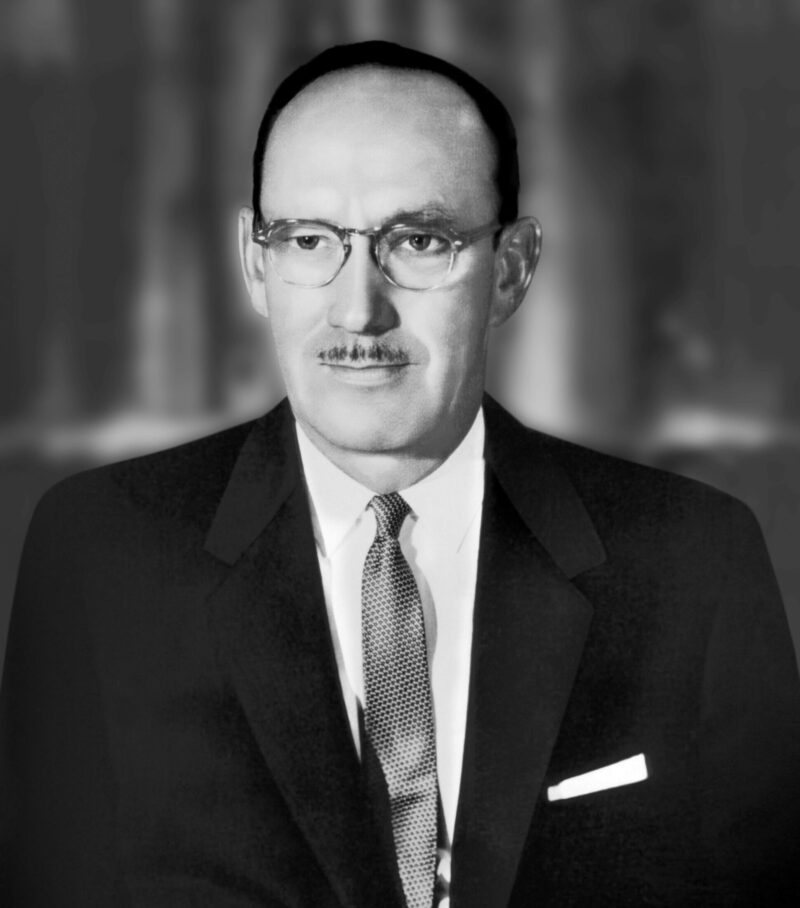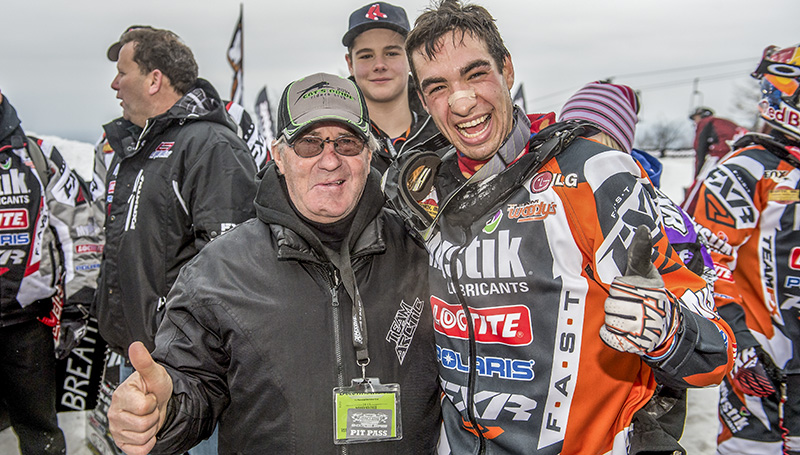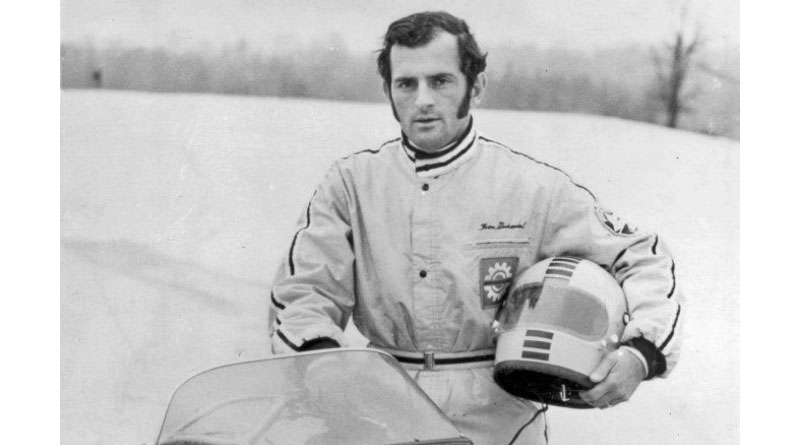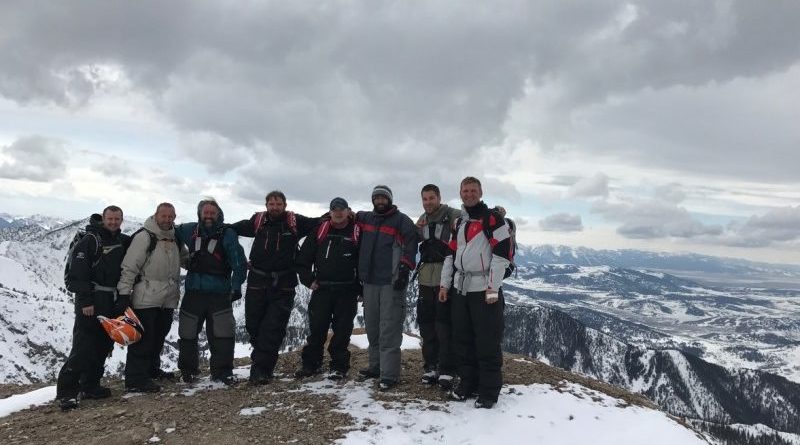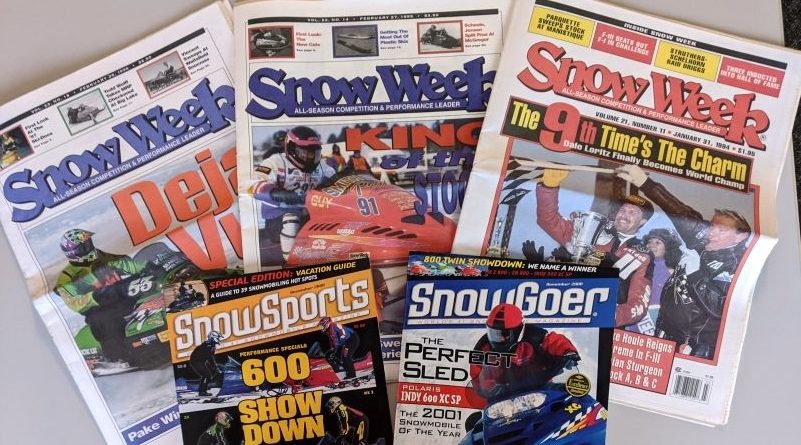As we wrap up the 2010-2019 decade, it’s a great time to look back at the benchmark highlights of the past 10 years in the snowmobile market. The list of potential stories was long and distinguished, but we’ve narrowed it down to these 10, in no particular order, monumental items for which we think the 2010s will be looked back upon. Enjoy the list, and feel free to add your own items in the comments section below.

Arctic Cat/Yamaha Co-Development Announced – On February 20, 2013, Arctic Cat and Yamaha announced separately that they would be sharing technologies and development going forward, starting with a snowmobile that used a Yamaha engine (the 1049cc four-stroke triple previously found in the FX Nytro) placed in an Arctic Cat chassis (the ProCross, which would be called an SRV when in a Yamaha). The resulting sleds – the 2014 Arctic Cat ZR 7000 and Yamaha SRViper machines – would be the start of something much broader, as soon Arctic Cat would be manufacturing the majority of Yamaha’s snowmobiles.

Haydays Moves, Thrives After Initial Hiccups – On September 11, 2010, snowmobiling’s biggest annual event opened at a new facility, and frankly it was a bit of a disaster! The host Sno Barons snowmobile club moved the 44th annual grass drag/swap meet/pre-season kickoff out of the Forest Lake, Minnesota, area to a new, more rural site east of North Branch, Minnesota, and had major teething pains that first year, with monstrous traffic snarls, parking issues, weather-related snafus and more. However, the one-year hiccup did not stall this event’s growth – to the contrary, the massive new location has allowed Haydays to thrive. It really is an amazing event.
Levi LaVallee’s Record-Setting Jump – On live national TV on an ESPN show entitled “Red Bull: New Year. No Limits” Levi LaVallee jumped a snowmobile 412-feet over a gap of water of San Diego Bay (yes, California) on December 31, 2011. Before and after the jump, LaVallee has been the sport’s media-friendly stuntman – from Jay Leno and Good Morning America appearances to Super Bowl festivities. It hasn’t all been glory, though: A year before the record setting jump, LaVallee was severely injured in incredibly nasty crash in a practice jump that left him in critical condition. Undeterred, he charged forward. Click below to watch the highlight video of the record jump.

Mountain Market Evolution – No segment of the snowmobile market evolved more in the 2010s than the mountain market, and buyers have responded – for several years straight, the No. 1 selling snowmobile in the market has either been a Polaris Pro-RMK or a Ski-Doo Summit. Certainly the mountain market made huge gains earlier as well, but focusing on this decade, Polaris’ launch of the 2011 Pro-RMK, followed by the even lighter and more capable 2013 Pro-RMK kicked things off, but Ski-Doo quickly answered with the tMotion rear suspension and T3 Package, among other innovations. Things have continued to escalate, most recently with Arctic Cat’s single beam Alpha One rear suspension. Who knows how high on the mountain we can scale?!

Tucker Hibbert’s Snocross Mastery – During the 2010s, Tucker Hibbert won the only five gold medals that were handed out for X Games snocross, wrapped up his career with 138 Pro victories and won seven points championships during the decade before retiring after the 2018 season. Certainly other racers have had dominating periods, but Hibbert’s records stand alone.
Death Of The 121s: Longer Tracks Rule – Stock mountain tracks have grown to lengths topping 170 inches, but that’s not our focus here: The 2010 snowmobile lineup was filled with sleds wearing 120-121-inch tracks: MXZs and GSXes, Apexes, Nytros, Vectors, IQs, Rushes, Phazers… Only Arctic Cat was stepping out of the norm at the time with trail sleds largely featuring 128-inch tracks. Now? The 120-121-inch track has virtually disappeared, except for a couple of Polaris models, and even the 129-inchers are far outnumbered on trails by 137-inch tracks.

Arctic Cat Purchased By Textron, Other Changes – The brand that spent the most time floating in the rumor mill through the 2010s was undoubtedly Arctic Cat. From the Yamaha partnership mentioned earlier to shifts in their corporate headquarters, there was plenty of swirl through the first half of the decade. Then the company got very tight financially and behind with many creditors before Textron stepped in and purchased the company in January of 2017. That’s been followed by three years of more changes – from the disappearance of many longtime Cat factory insiders and Cat dealers to changes in the timing of the selling season. Cat/Textron officials say all of these change now have the company better position for the future. Time will tell.

Snow Bike Evolution – The Snow Bike concept had been tried many times over the past 50 years, with very limited success. But the concept gained a whole new level of energy in the 2010s, thanks to companies like Timbersled and Yeti evolving their dirt bike conversation products into truly amazing vehicles. It also was a business story, as Polaris purchased Timbersled in April of 2015, Cat unveiled an SVX 450 complete snowbike concept in September of 2015 – a kit version of which was sold by Camso as a DTS 129, and that same Camso bought Yeti in 2017.

Eagle River Derby Track Is Sold – On September 7, 2018, a group of snowmobile industry insiders – led by Tom Anderson, Russ Davis and Craig Marchback – announced that they were purchasing the snowmobile industry’s most hallowed grounds from the Decker family, which had owned the site of the Eagle River World Championship Snowmobile Derby since 1987, ending years of rumors of the track’s imminent demise and keeping it in the hands of people who have a passion for the sport.

Passing Of Legends – The snowmobile market really took off in the 1960s and 1970s, and that’s long enough ago, now, that some of the legends who built the sport have started to leave this earth behind for more heavenly snow-filled meadows in the sky. The sport lost a lot of grassroots leaders during the decade who founded clubs and created trail systems, dealers and aftermarket leaders who helped evolved the sport as well as engineers, designers, racers and more – if we tried to create a list of them all, it would ultimately be incomplete. We will, though, mention two most notable legends who left us in the 2010s: Polaris and Arctic Cat founder Edgar Heteen died Feb. 12, 2011, and one of his co-founders at Polaris – his brother-in-law David Johnson, died in October of 2016.
Editor’s Note: Every Snow Goer issue includes in-depth sled reports and comparisons, aftermarket gear and accessories reviews, riding destination articles, do-it-yourself repair information, snowmobile technology and more. Subscribe to Snow Goer now to receive print and/or digital issues.

